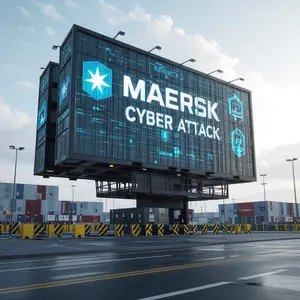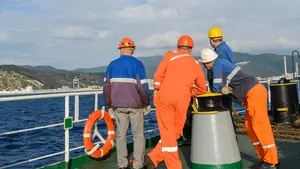European governments are increasingly focused on safeguarding their critical undersea infrastructure amid growing concerns about Russian activities linked to the ongoing war in Ukraine. Recent developments highlight Russia’s military maneuvers, including underwater exercises at depths exceeding 6,000 meters and increased attention to NATO countries’ subsea assets. Western officials suspect that Russian intelligence agencies, rather than Chinese entities, were behind recent damage to Baltic Sea data cables. There is widespread anxiety about espionage risks associated with both the cables and their landing stations, especially concerning installations linked to China’s Huawei Marine Networks (HMN) Tech.
While the United States has been vocal in urging European allies to avoid Chinese-owned cables, Europe has not uniformly aligned with this stance. For example, the recently operational Pakistan and East Africa Connecting Europe Cable, managed by HMN Tech, illustrates differing risk assessments. However, China’s overt support for Russia and its involvement in incidents concerning Baltic cables have prompted a reevaluation of Chinese influence as a threat to European security.
The competitive landscape complicates transatlantic cooperation in the cable industry, especially as demand surges due to U.S.-based tech giants like Google and Meta. Europe lacks equivalently robust players in this sector, leading to a focus on industry collaboration, including potential joint ventures and technology-sharing arrangements between U.S. and European firms.
In light of vulnerabilities, NATO, the EU, and select European governments have initiated efforts to bolster the resilience and security of undersea cables. Notable steps include the establishment of the Critical Undersea Infrastructure Coordination Cell and the Maritime Center for the Security of Critical Undersea Infrastructure. At the October 2023 NATO defense ministers’ meeting, a new Digital Ocean Vision was endorsed to enhance undersea surveillance capabilities. Additionally, the European Commission’s February 2024 recommendation encourages member states to improve their monitoring and maintenance capacities.
Recently, at a summit of Nordic and Baltic leaders, Polish Prime Minister Donald Tusk proposed a joint naval policing initiative to safeguard the region’s undersea infrastructure alongside existing air policing measures. Despite these initiatives, it is acknowledged that military patrolling alone cannot ensure comprehensive protection.
The recent cable-cutting incidents have sparked debates about Europe’s preparedness, with varying responses to the incidents reflecting a newfound seriousness in addressing these issues. In one instance, the vessel New New Polar Bear continued its journey despite damaging cables and a gas pipeline, raising alarms about the effectiveness of current security measures. Estonian authorities are still awaiting cooperation from China to conclude their investigation into that incident.
As Europe grapples with these challenges, the complexities of securing crucial undersea networks remain pivotal in the context of rising geopolitical tensions and the need for coordinated international responses.
Source link


